Friendly Avatars: A collection of friendly avatars
by Claudemir Casa, Co-Founder / CTO
1. Where did we get this idea from?
We created a very special avatar concept, in the amigurumi style, for use in projects that call for a sense of love and warmth.
It all started with a new (and still secret!) project called SAWI. We needed avatars for it, but with one key detail: they had to convey affection and comfort. That's when I thought, 'Wow, I love amigurumi dolls! They're so cute and convey an inexplicable sense of calm.'
We decided right away: this was the way to go! We've already made a few avatars and will create more as the project progresses. The coolest thing is that they're all special, each with their own story.
Top tip
In this avatar I tried to portray my wife and son, and it turned out particularly nice.
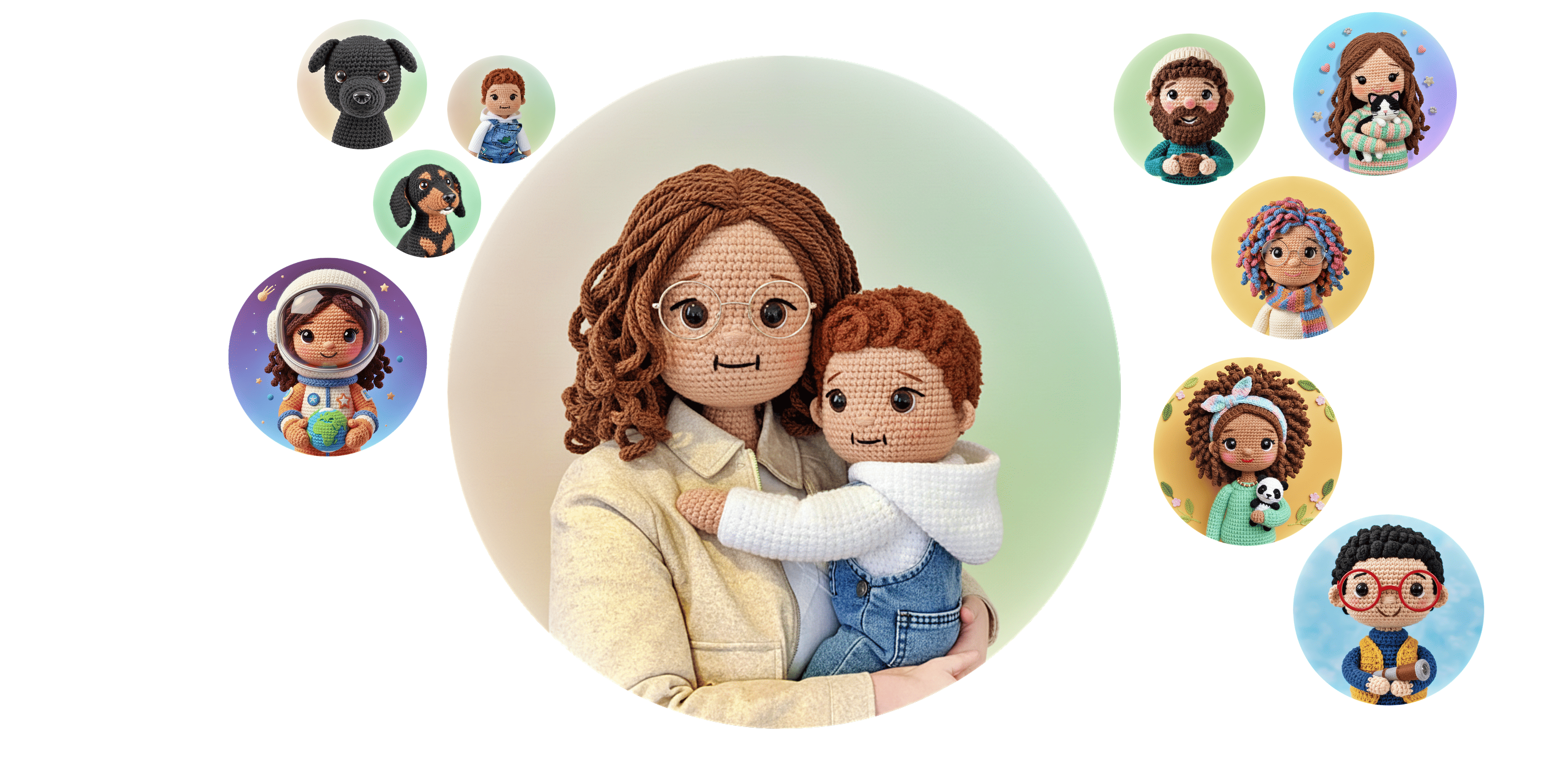
2. The Biology of Cuteness: The "Baby Schema"
The most powerful reason we find amigurumi cute is that it directly taps into a human biological instinct known as Kindchenschema, or "Baby Schema."
This concept, popularized by ethologist Konrad Lorenz, describes the set of physical characteristics that we perceive as "cute" because they are typical of babies (human or other mammals):
- Large head, disproportionate to the body.
- Large, round eyes, usually positioned low on the face.
- Prominent forehead.
- Round, full cheeks.
- Plump body and short limbs.
Top tip
There are my dog Toquinho, my son Bernardo and my wife.
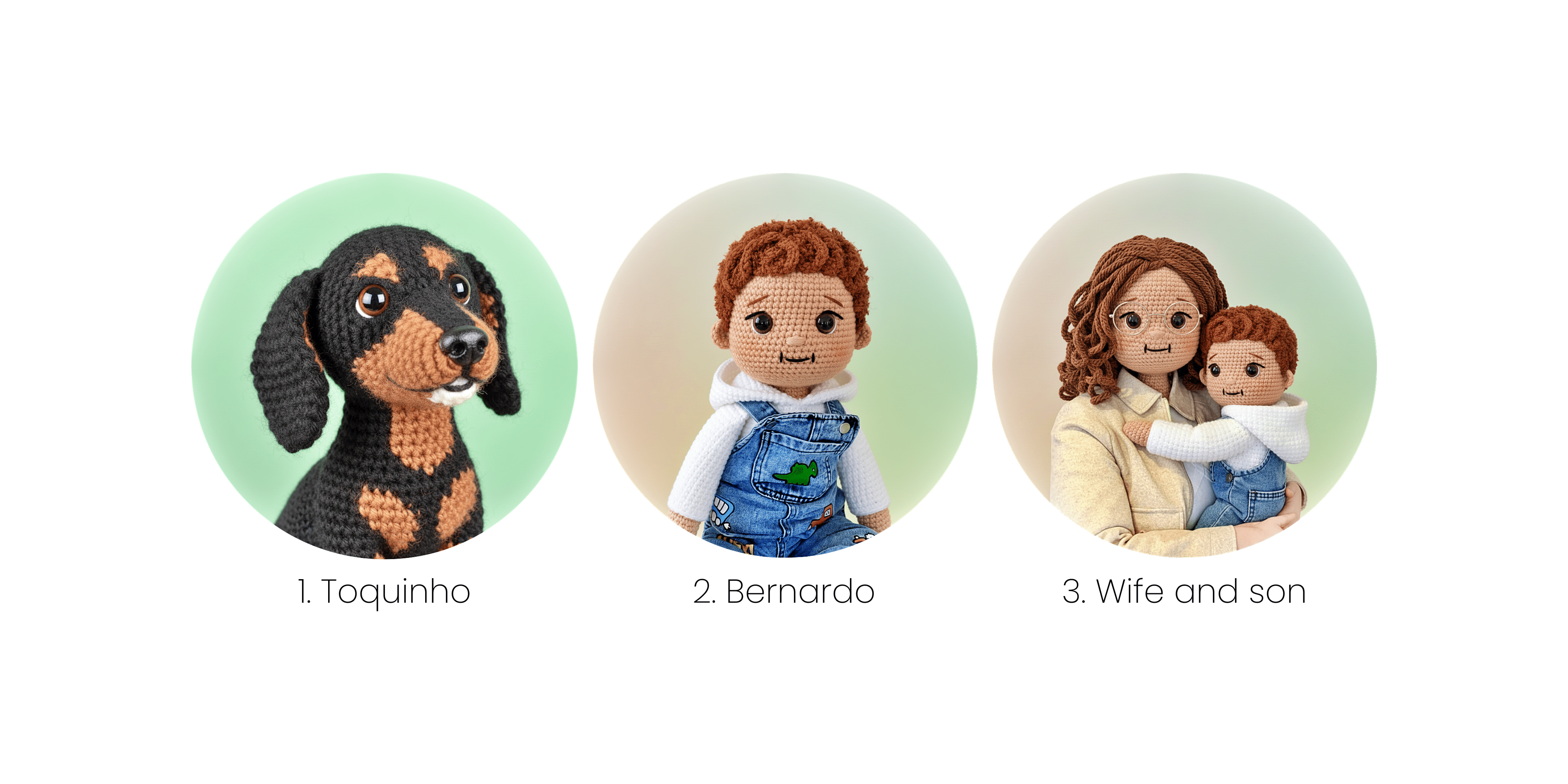
When we see these characteristics, our brains instinctively release dopamine and activate areas associated with care and affection. It's a survival mechanism: we're programmed to want to care for and protect things that look like babies.
Amigurumi designers (consciously or unconsciously) utilize precisely these proportions. They are rarely realistic; they are caricatures focused on these traits: enormous heads, large eyes (often just two black dots), and small, rounded bodies.
3. The Japanese “Kawaii” Aesthetic
Amigurumi is a Japanese art, and its essence is steeped in kawaii (cute) culture. Kawaii isn't just about appearance; it's about evoking a feeling of vulnerability, simplicity, and innocence.
Unlike Western "beauty" (which can be complex or impressive), kawaii strives for unpretentiousness. The simplicity of amigurumi—often mouthless or with minimal expression—allows us to project our own feelings onto them. They don't impose an emotion; they receive it, becoming receptacles of affection.
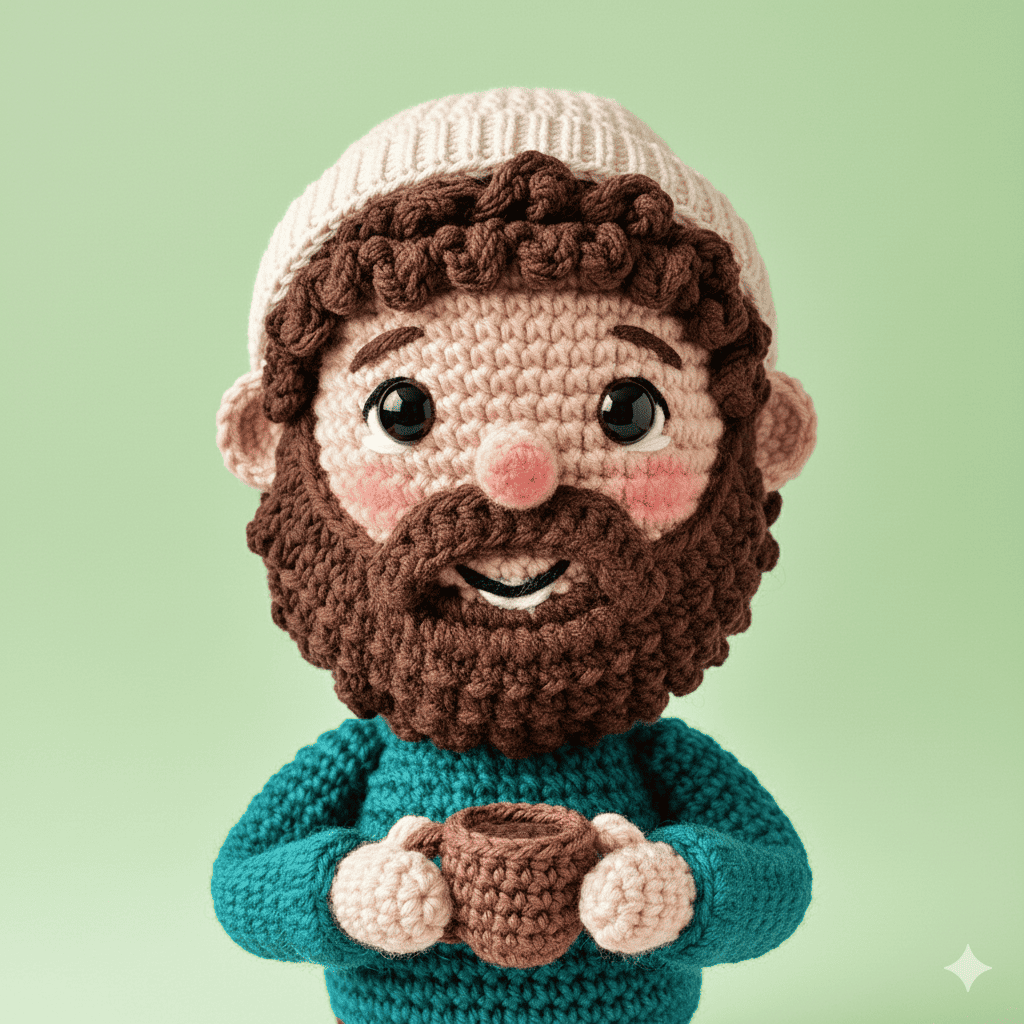
4. Tactile Comfort: Texture and Shape
This is where "coziness" comes into play. The feeling of cuteness is visual, but coziness is tactile.
- The Material: Amigurumi are made from yarn (wool, cotton, acrylic), materials we associate with warmth and comfort. Think sweaters, blankets, and scarves. Crocheting or knitting creates a texture that is tactile and interesting, inviting to touch.
- The Density: They are filled with soft stuffing (such as silicone fiberfill), creating what psychologists call "squeeze comfort." The act of squeezing something soft has a proven calming effect on the nervous system, similar to that of a hug or holding someone's hand.
- The Shape: The absence of hard edges or points (like those found in plastic or wooden toys) makes amigurumi safe, malleable, and huggable.
5. The "Soul" of Craftsmanship: The "Handmade" Factor
We live in a world dominated by industrialized products and cold fabrics. An amigurumi is clearly a "slow," handmade object.
- The Value of Time: We can see the individual stitches. We know someone spent hours patiently knitting each stitch. This time and care dedicated to the object conveys a sense of "human warmth."
- The Perfect Imperfection: Because it's handmade, each amigurumi is unique. Even though it follows a pattern, it will have small imperfections that make it unique. This creates a more personal connection than a mass-produced item.
- Nostalgia: They remind us of simpler childhood toys, a grandmother knitting, or a slower time. This nostalgic bond is a powerful source of emotional comfort.
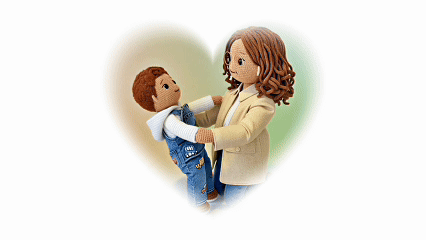
The power of amigurumi lies not only in what it is (a crocheted doll), but in what it represents.
Its cuteness is a biological response to its "baby" proportions (the Kindchenschema). Its comfort comes from its soft, squeezable texture, combined with the psychological warmth of an object that was handmade with time and care.
Our gallery

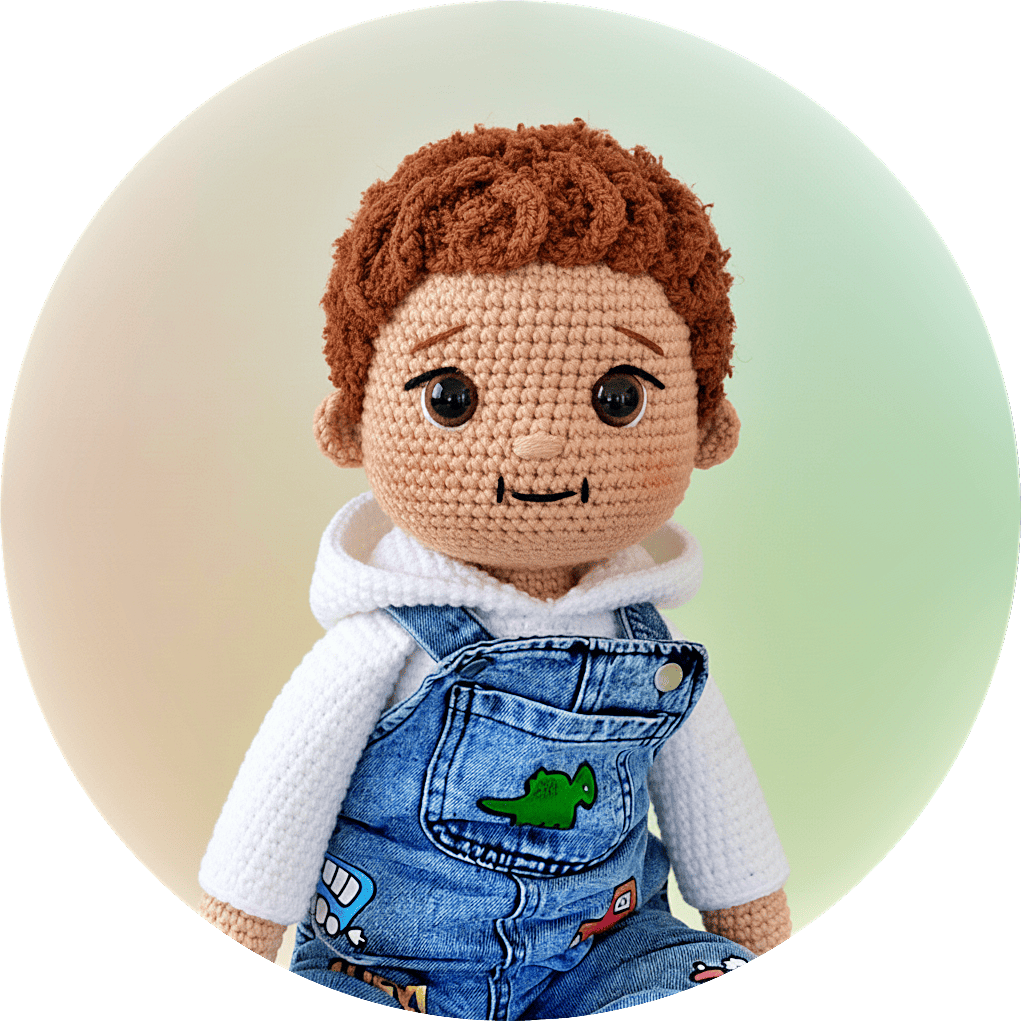
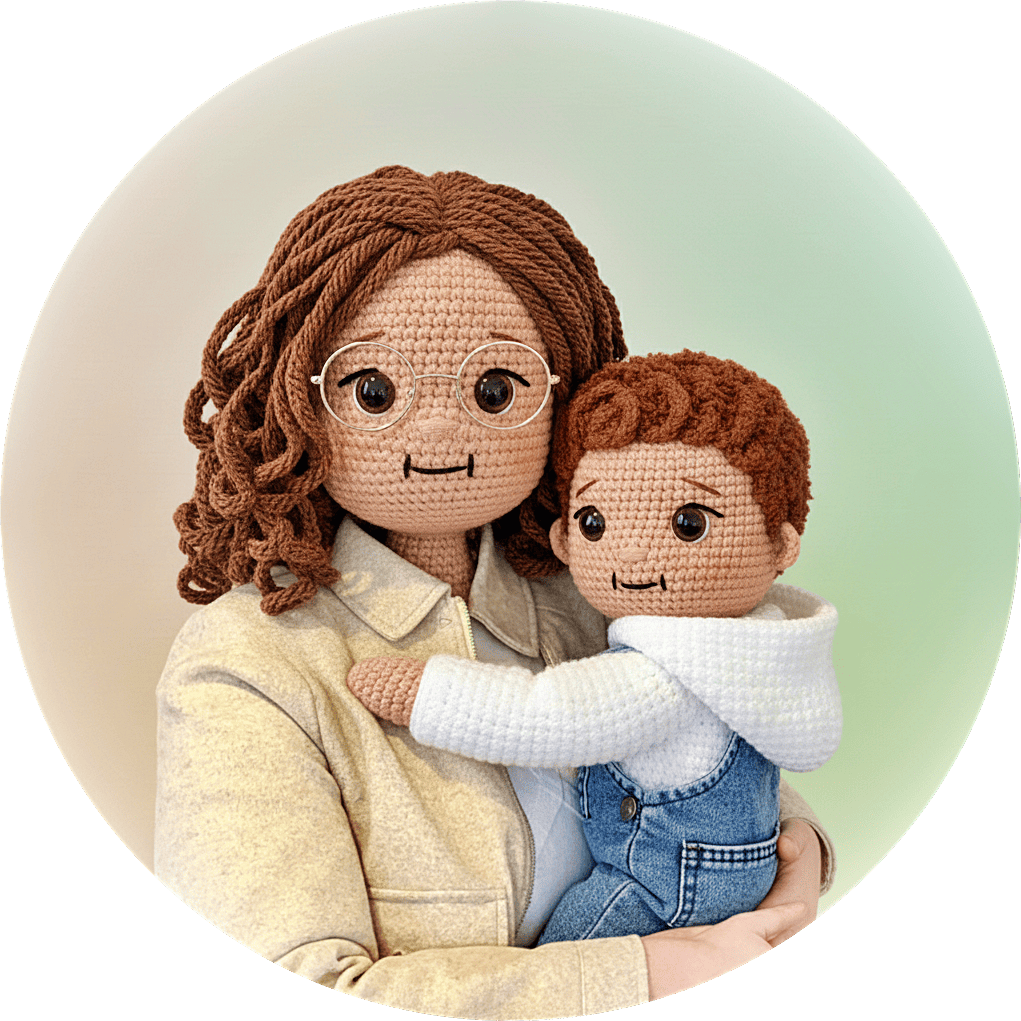
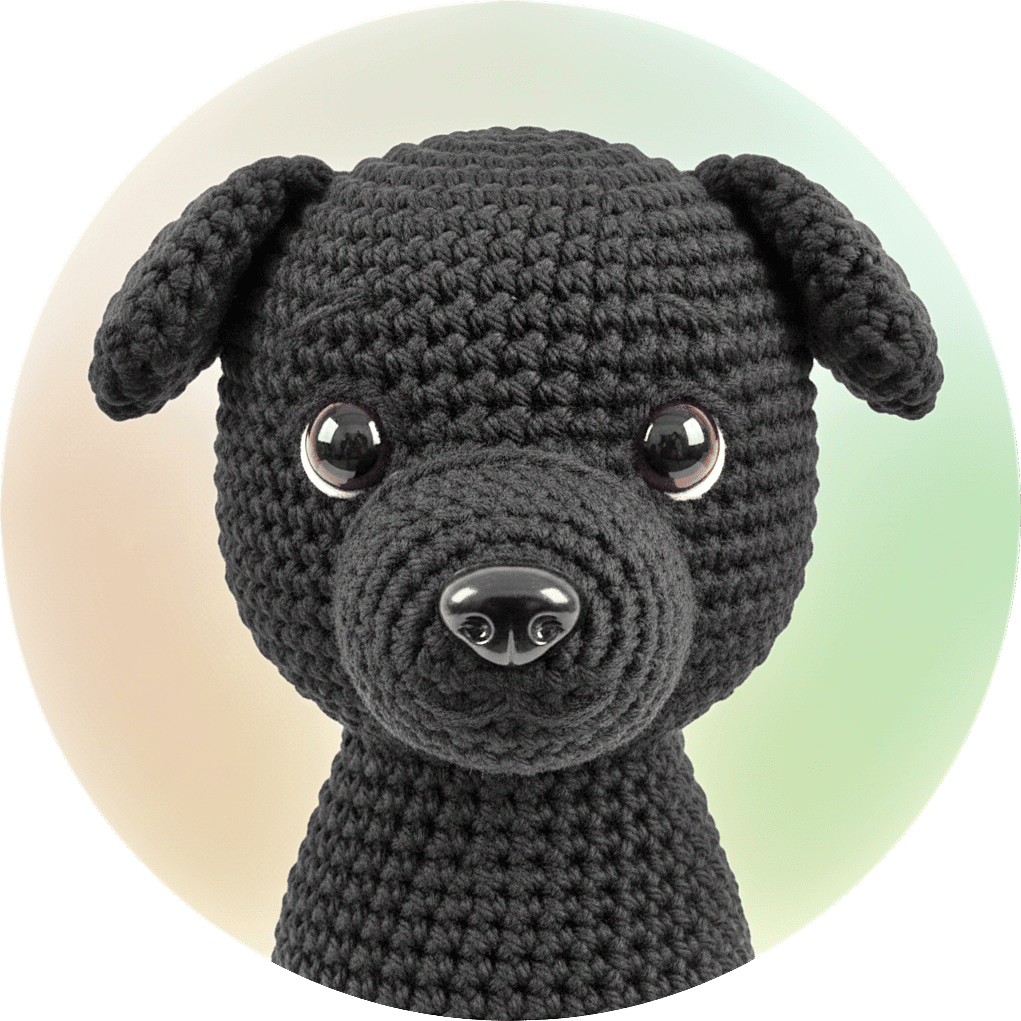


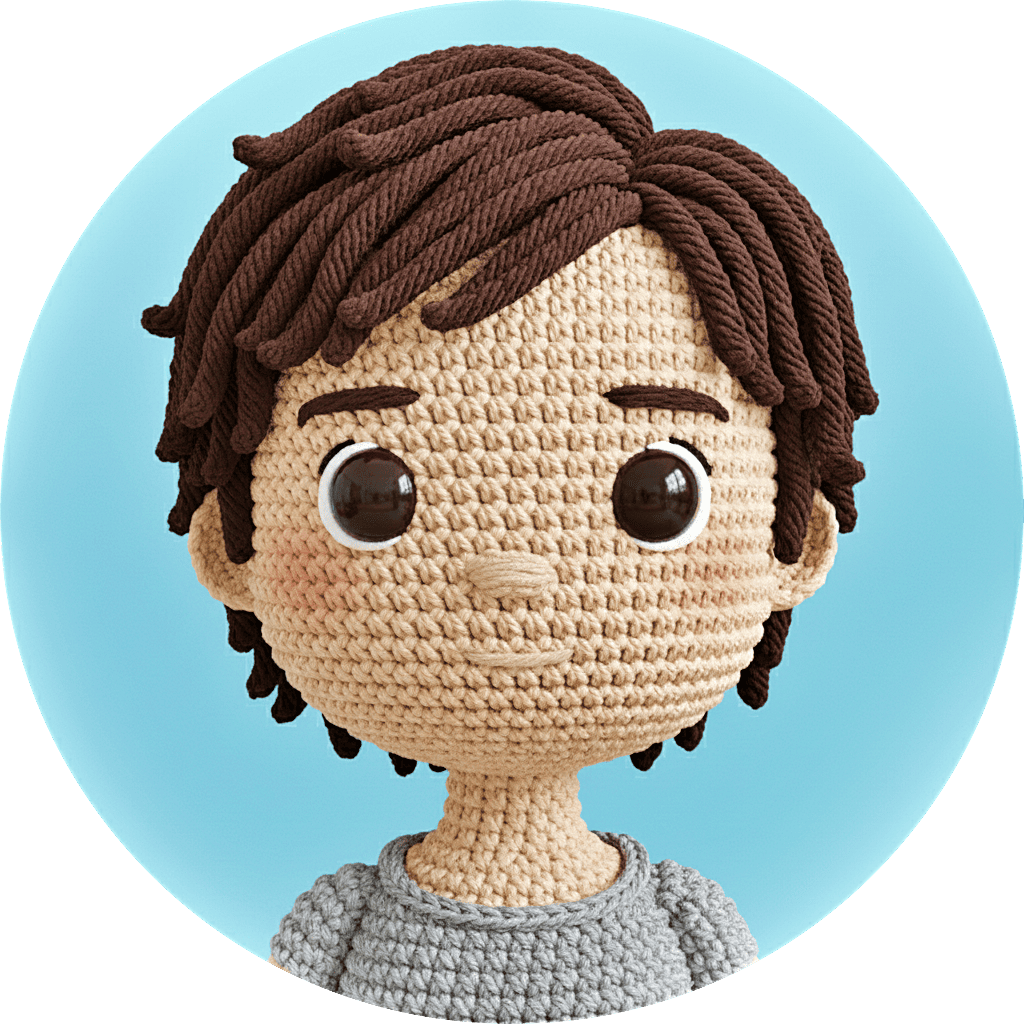
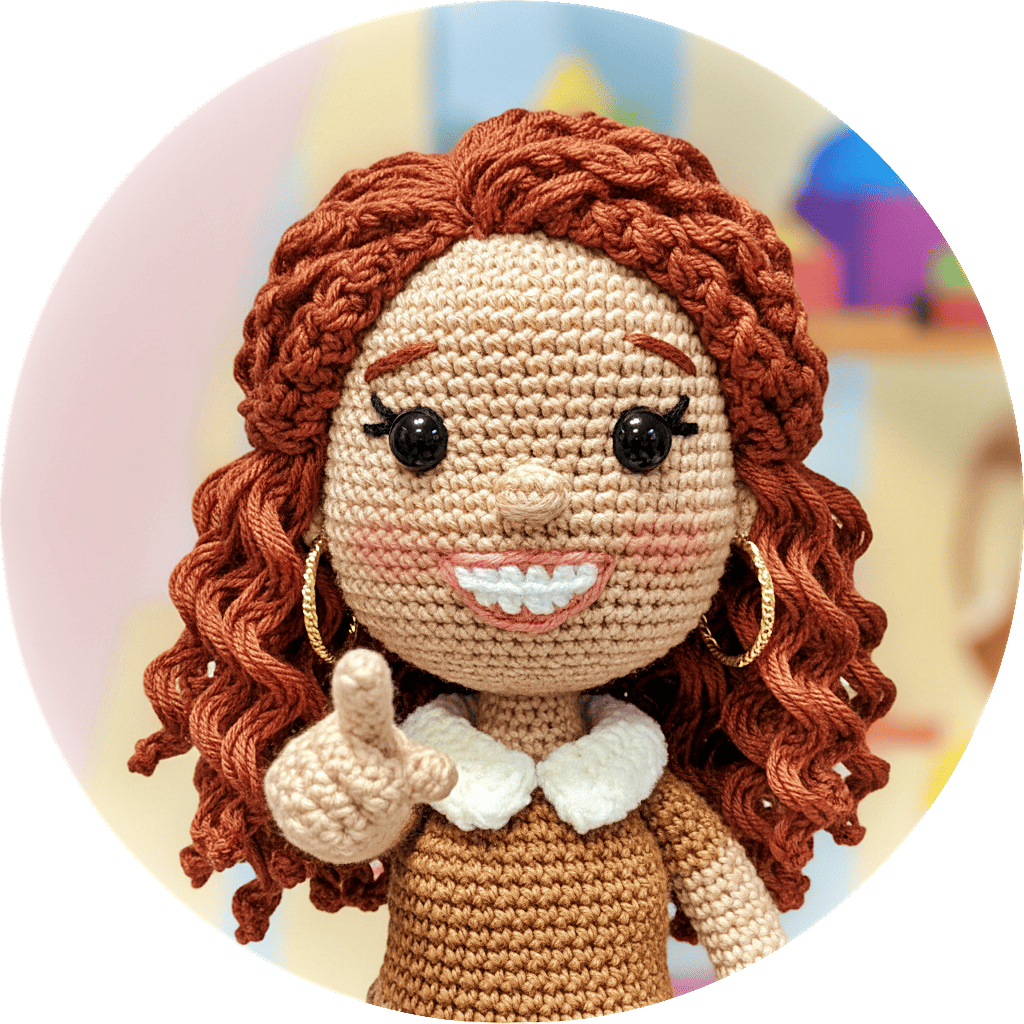
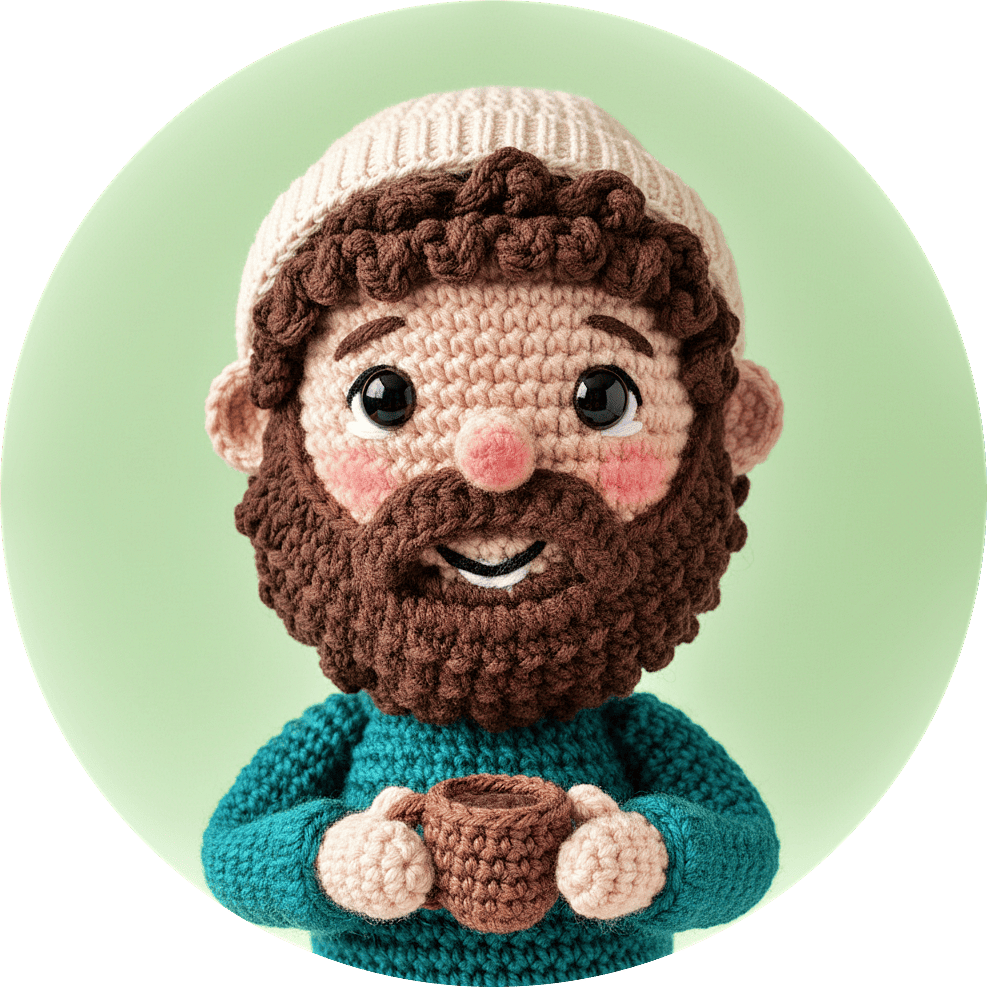
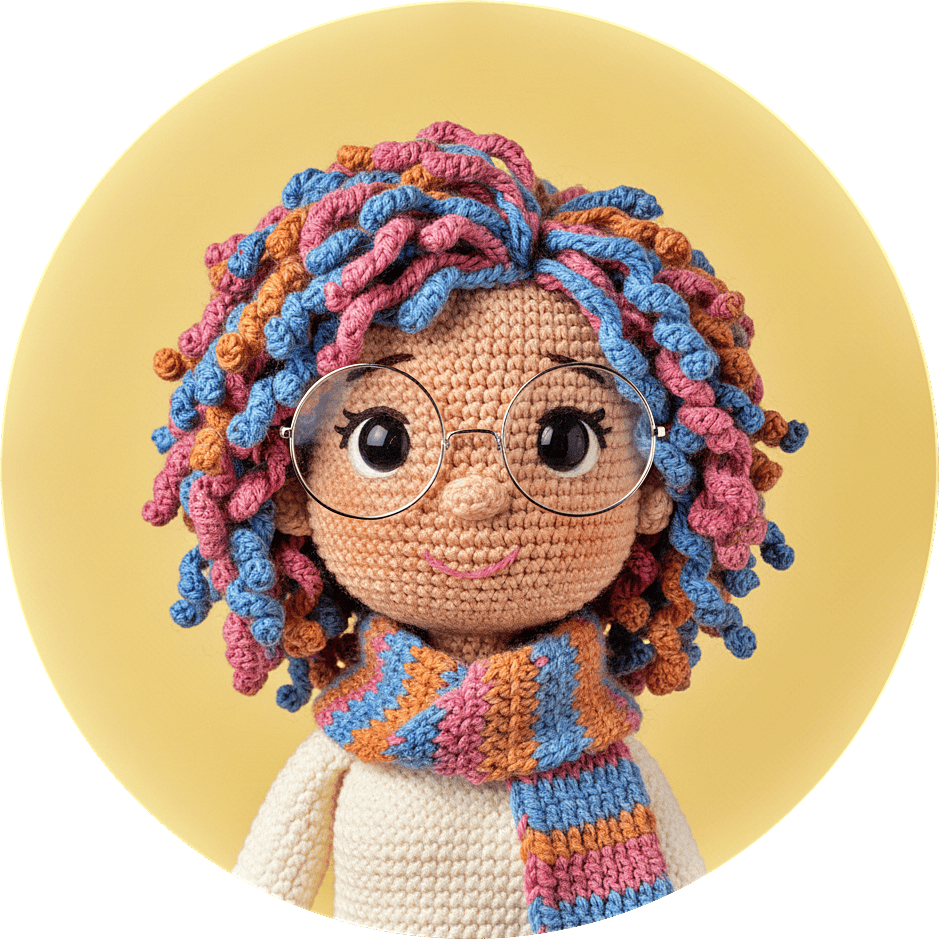
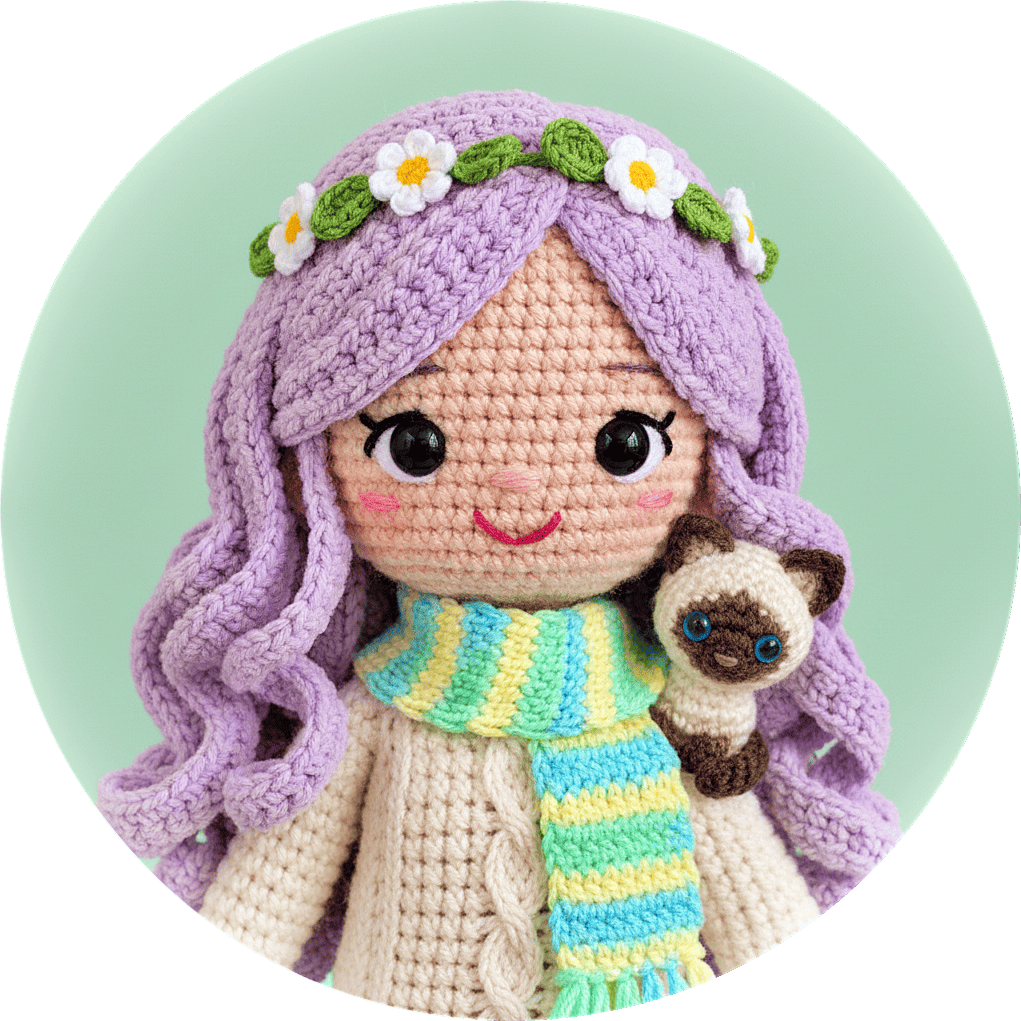
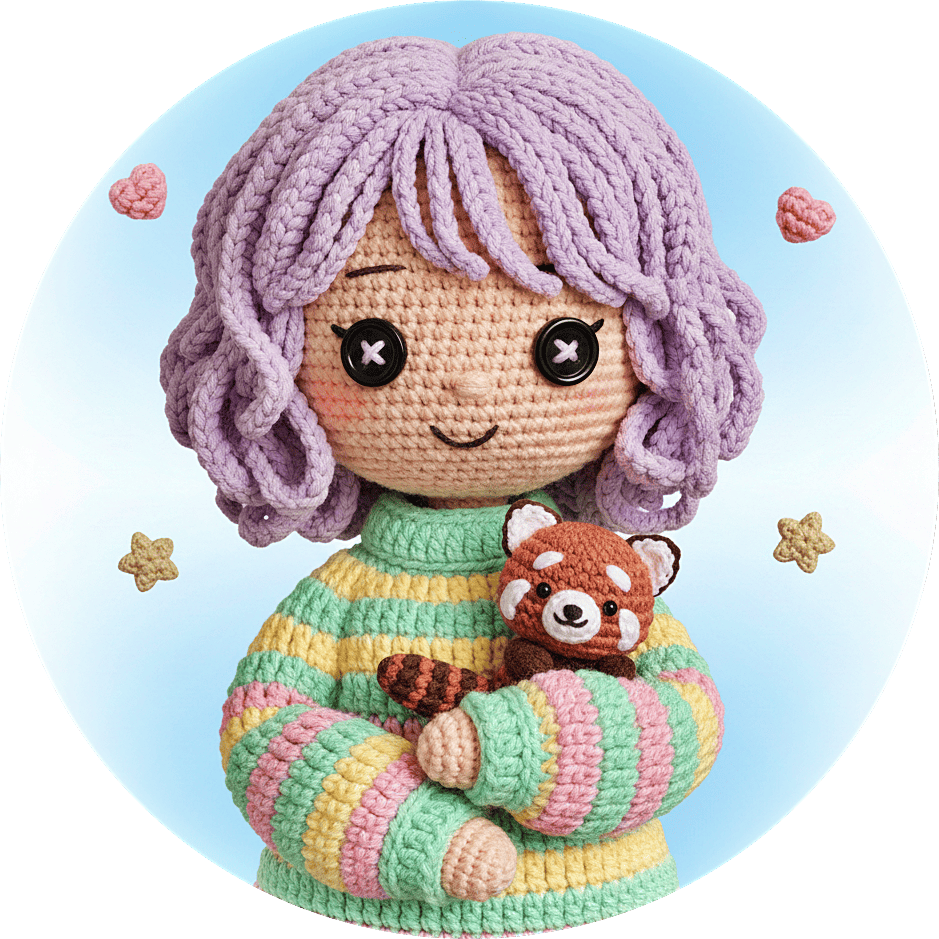
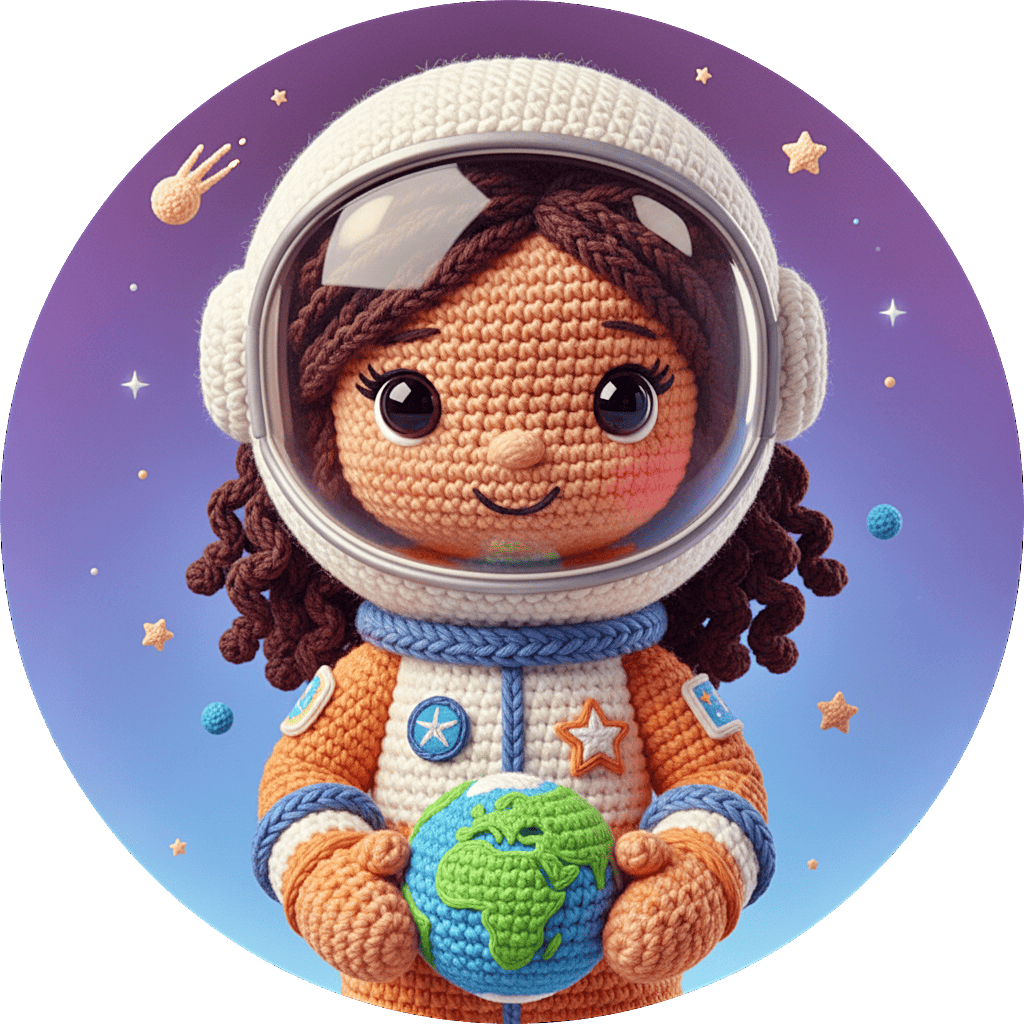
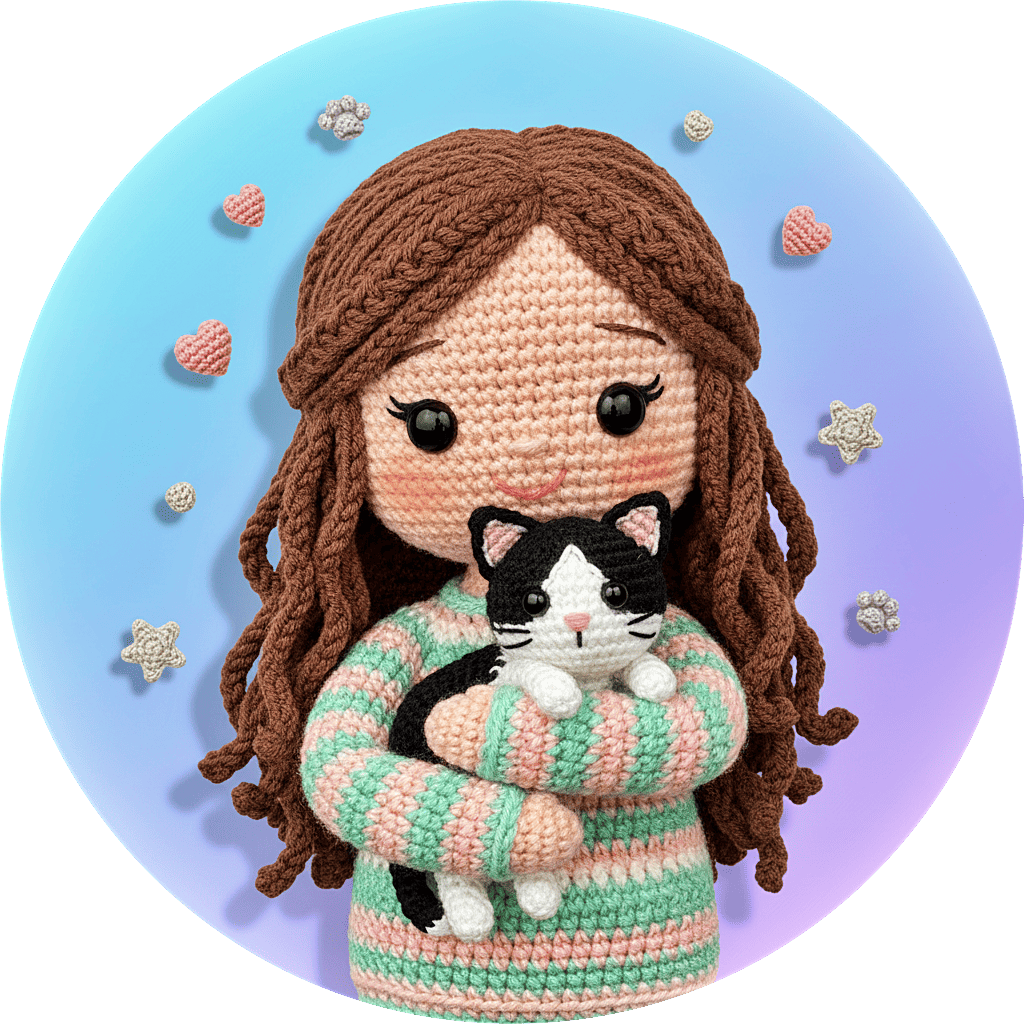
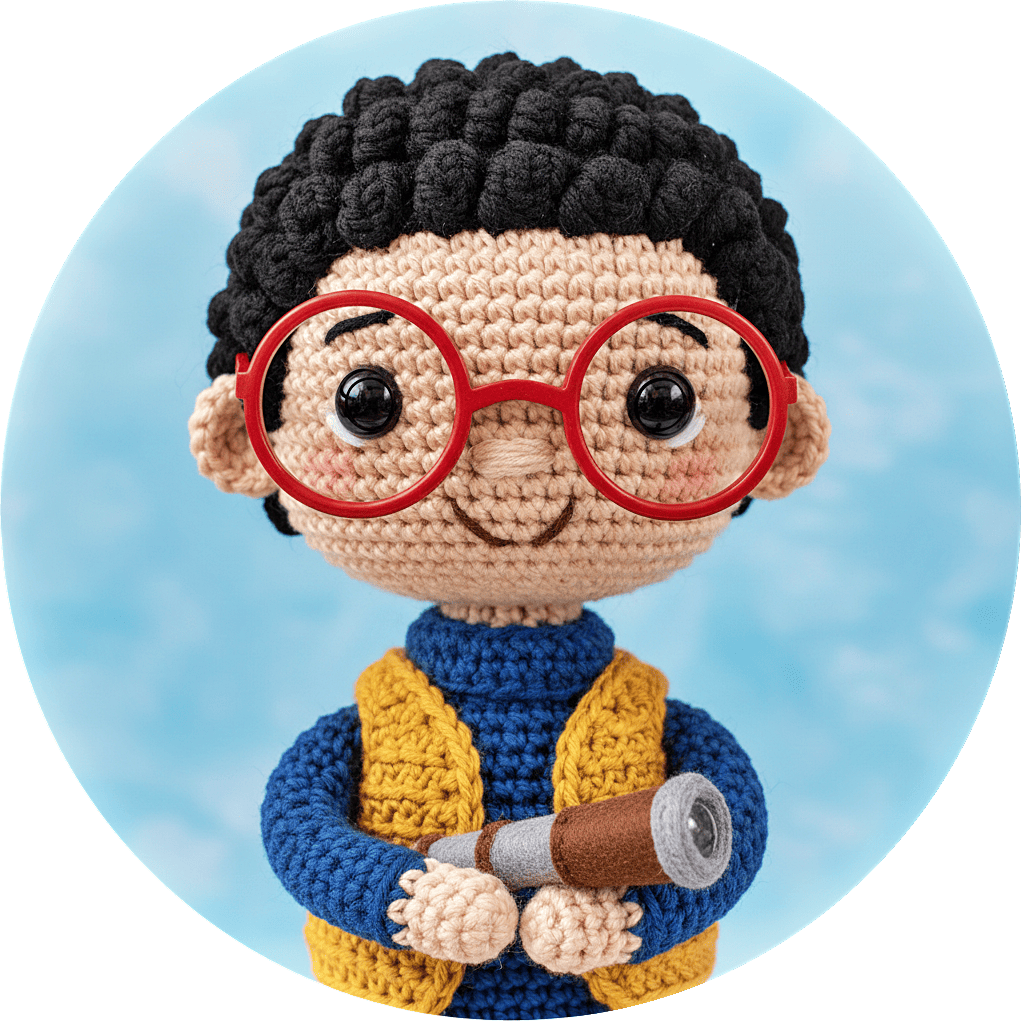

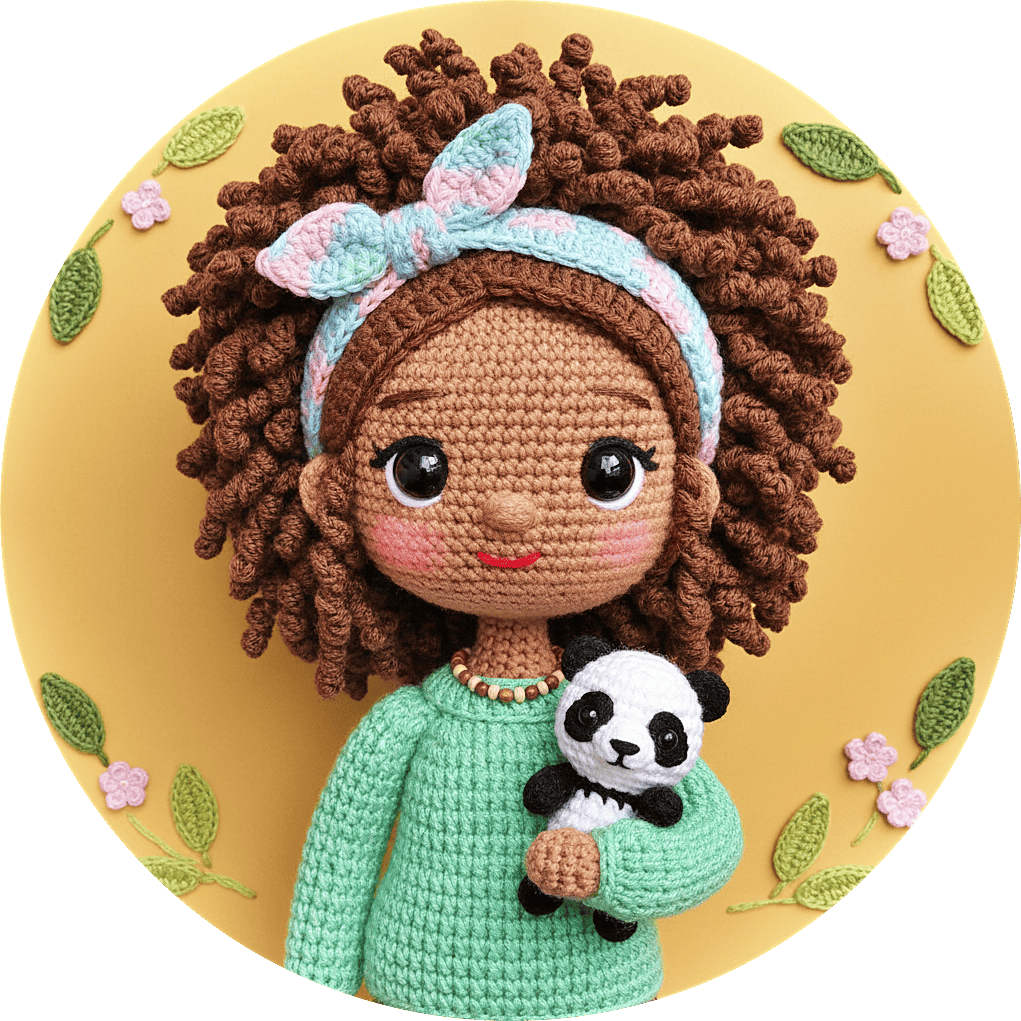

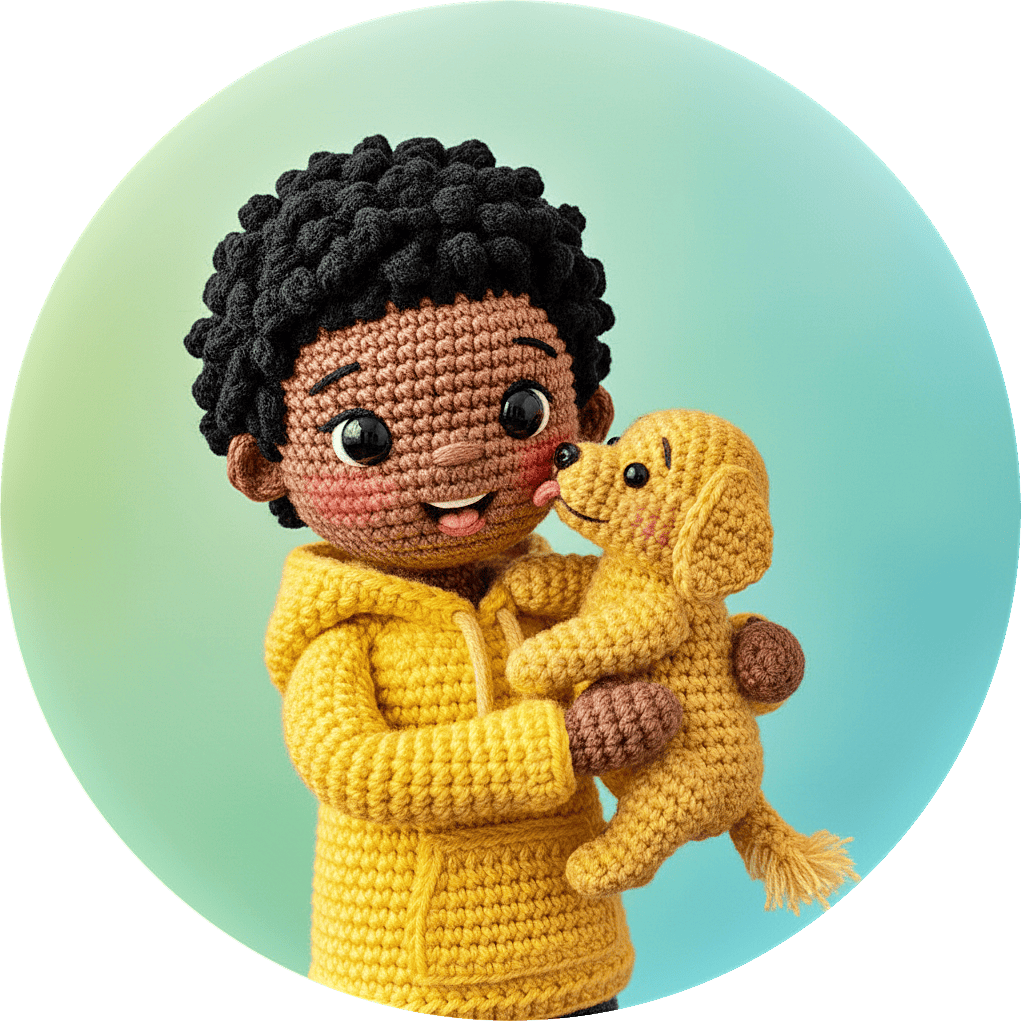
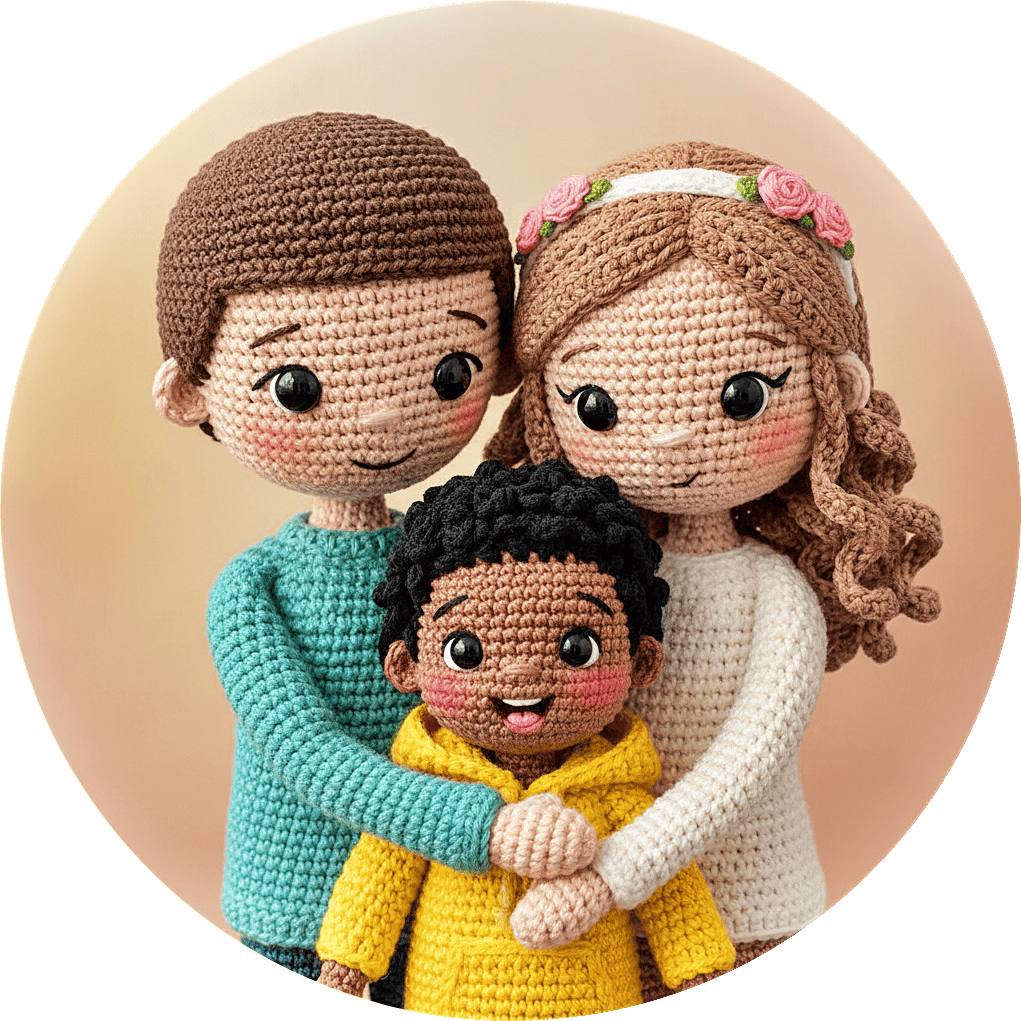
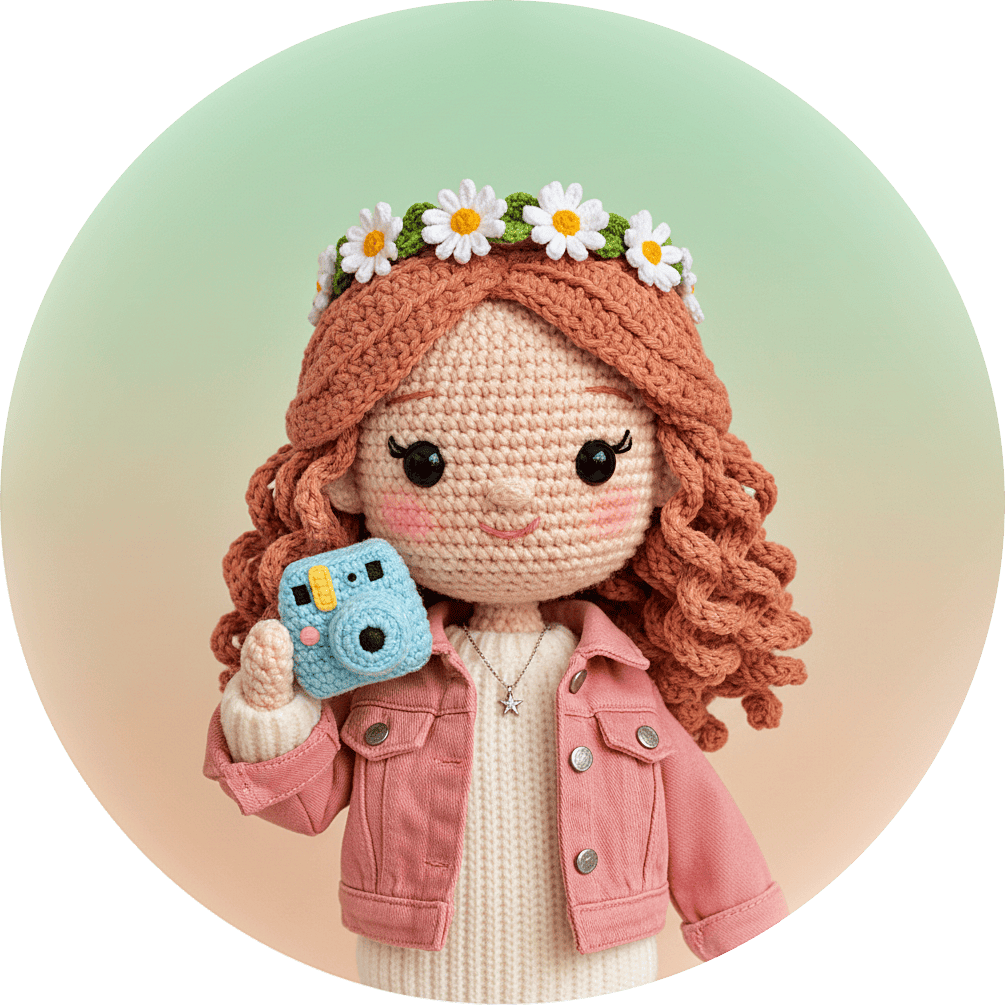

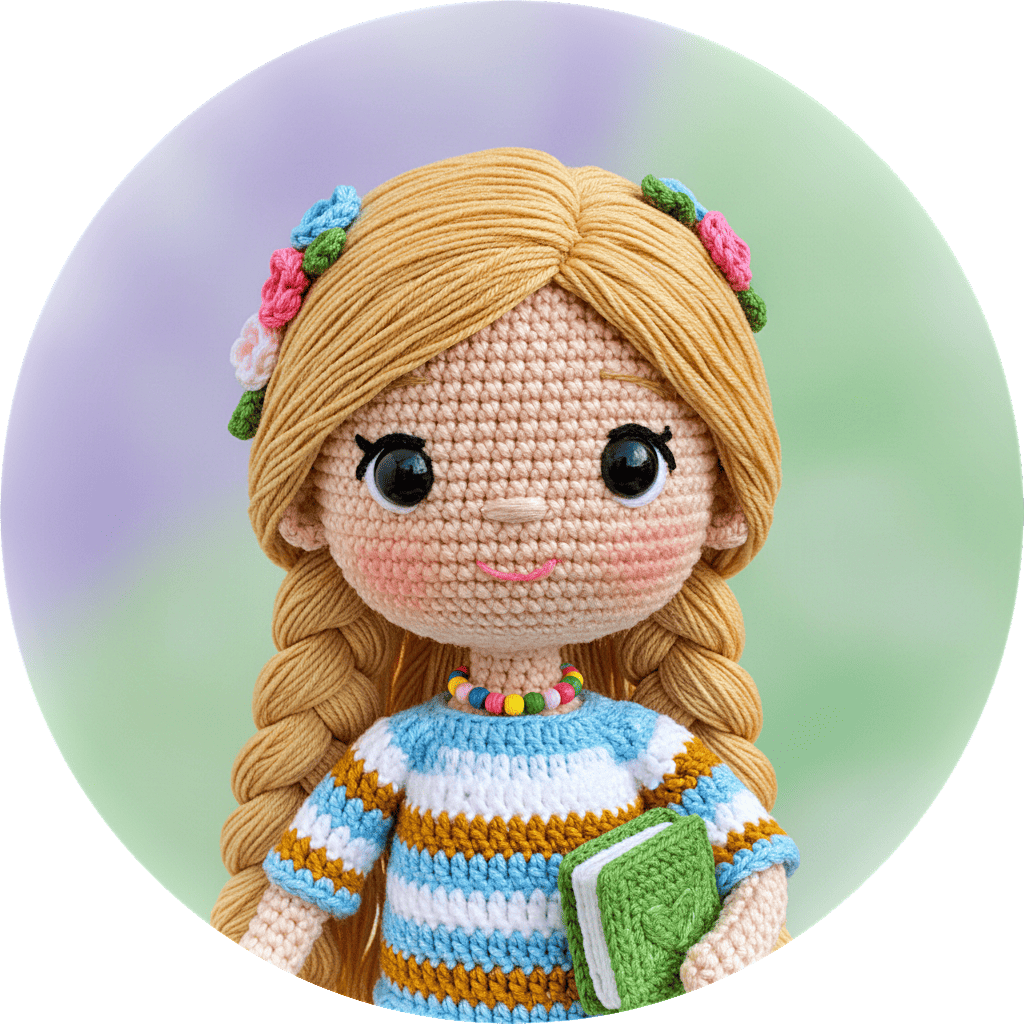
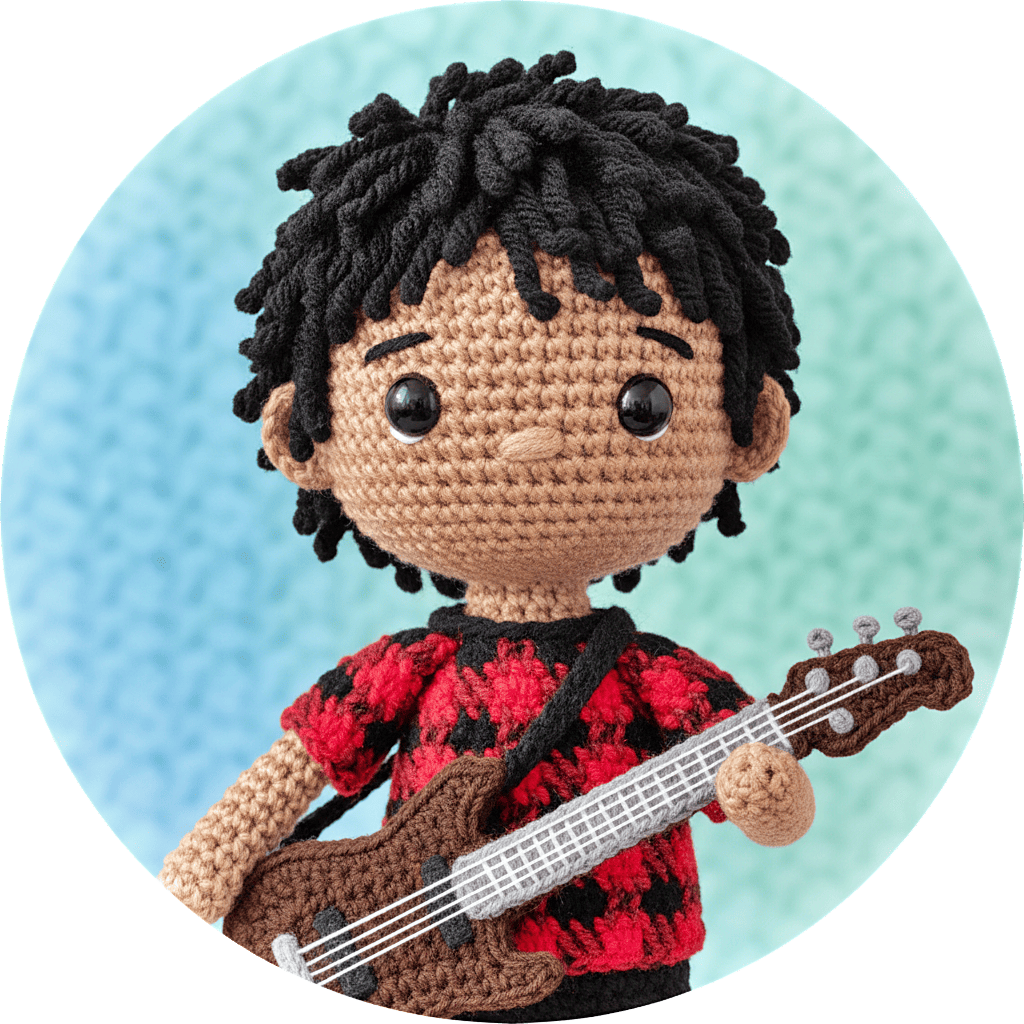
much more soon...